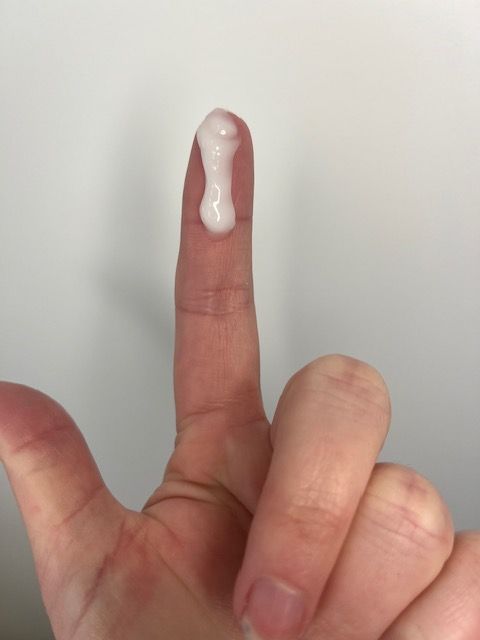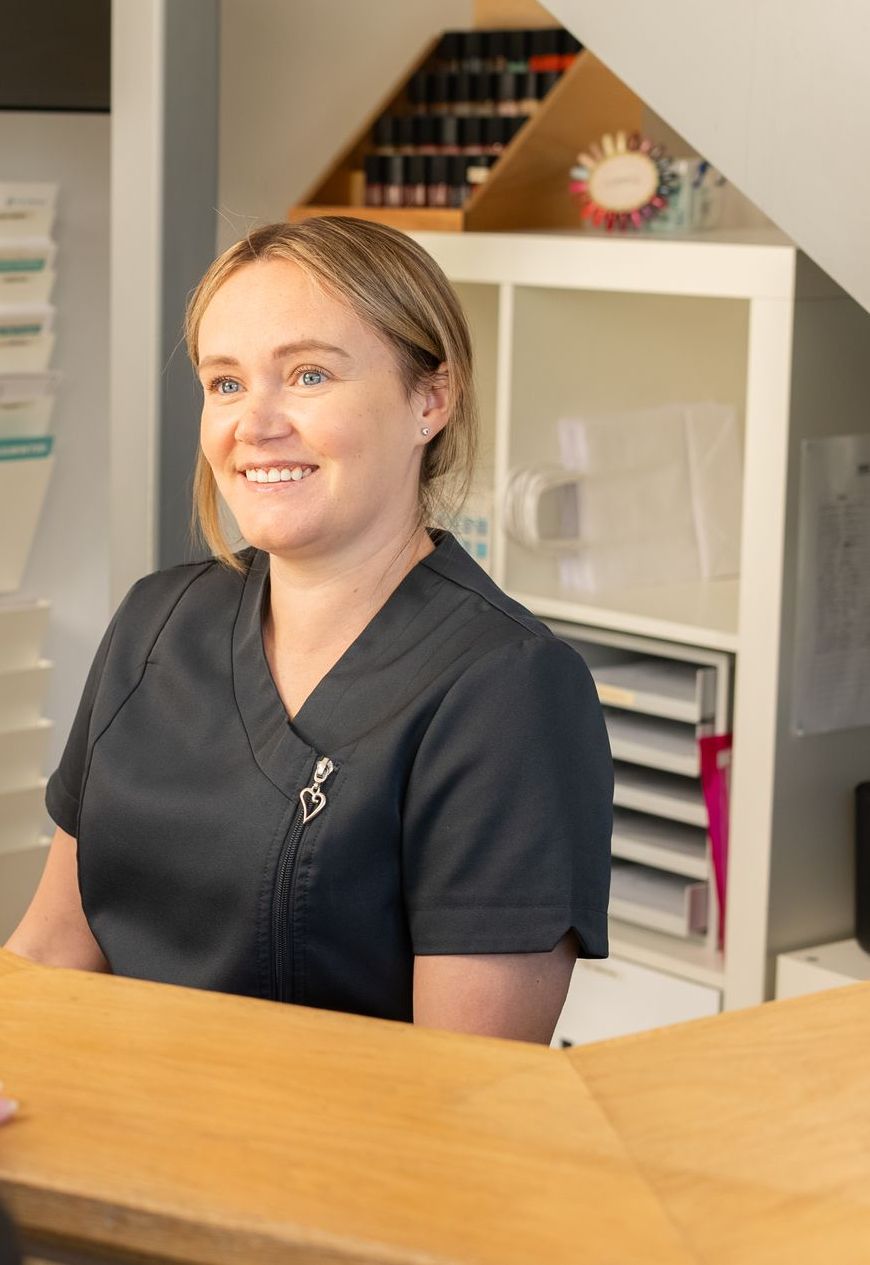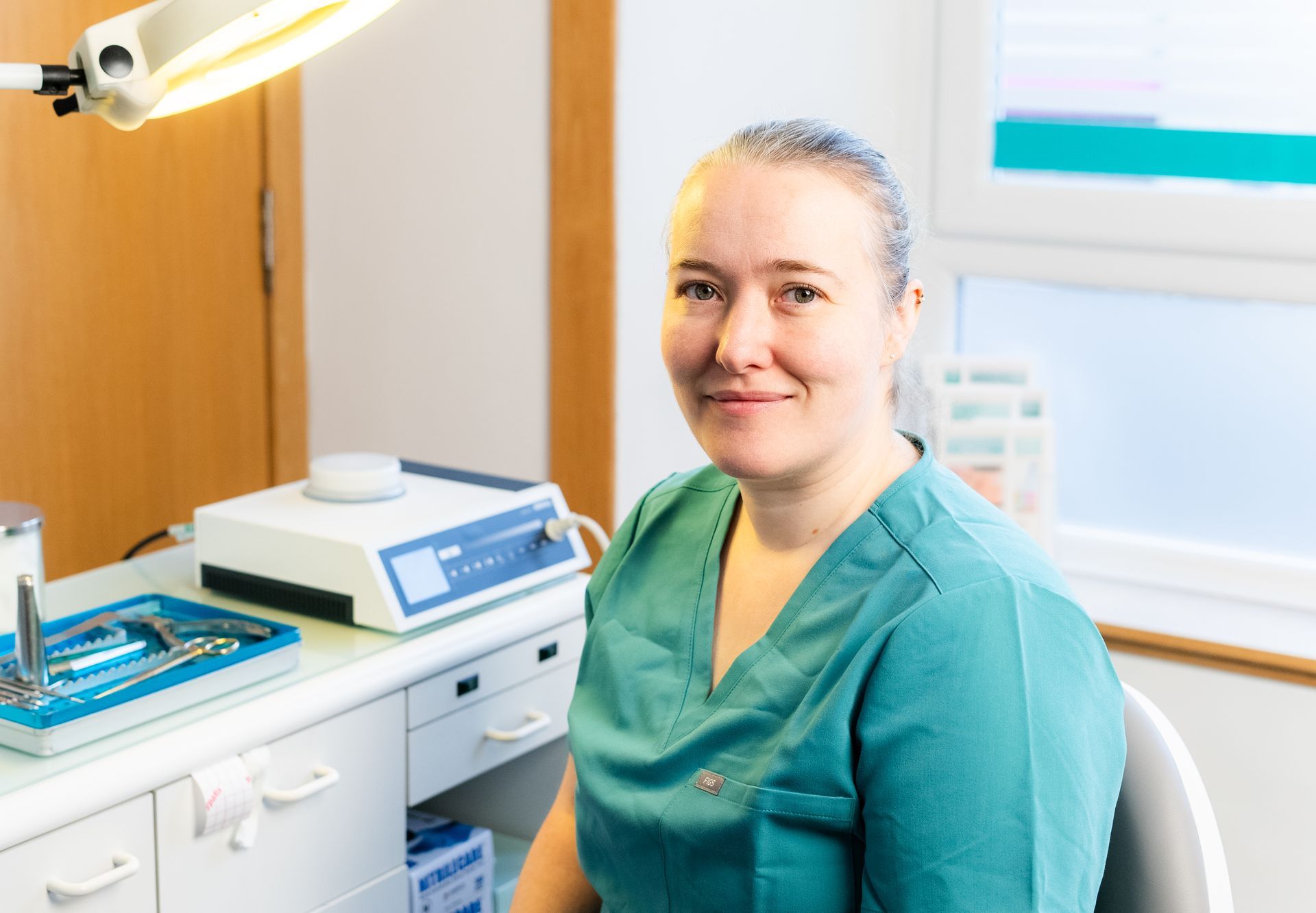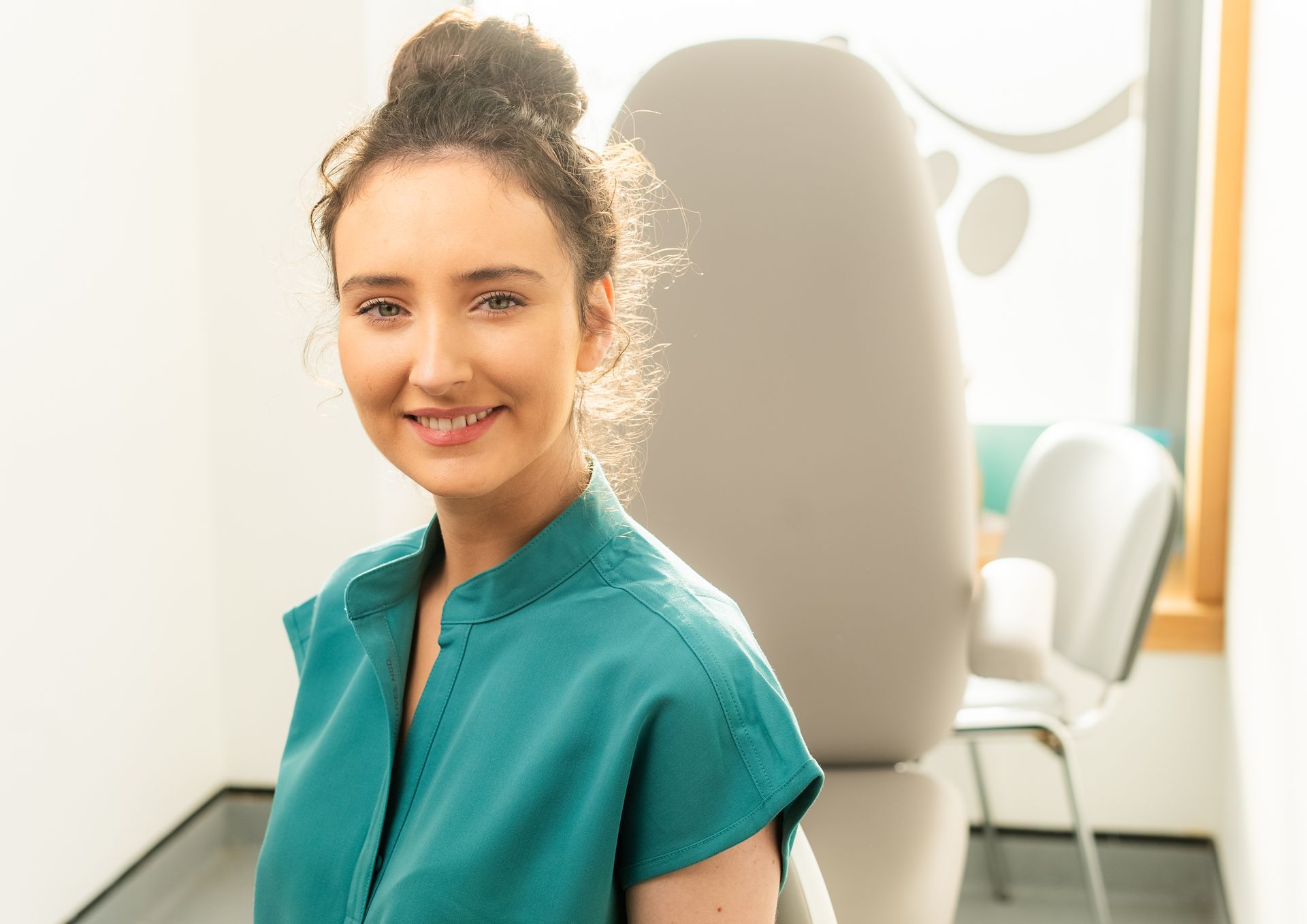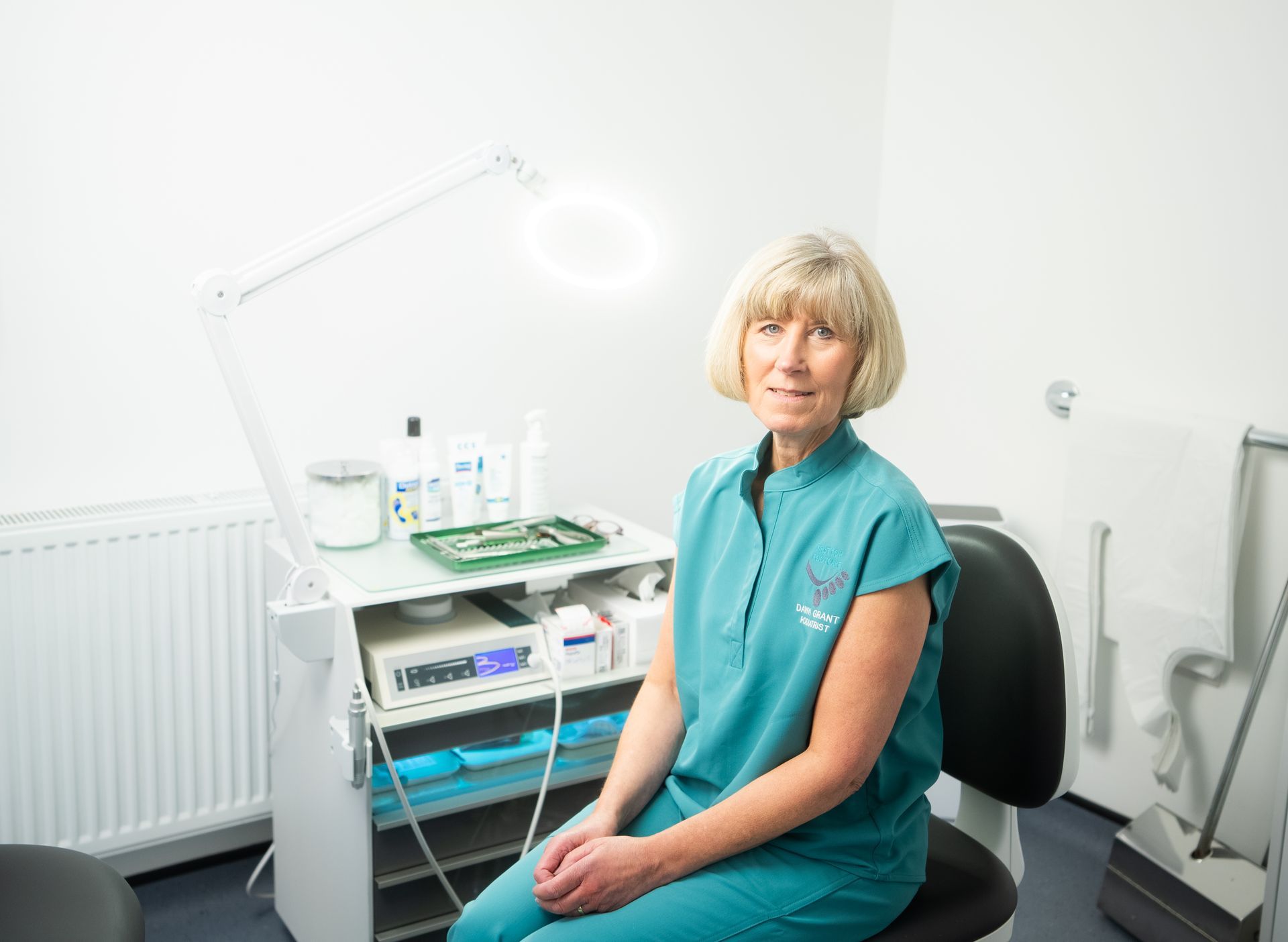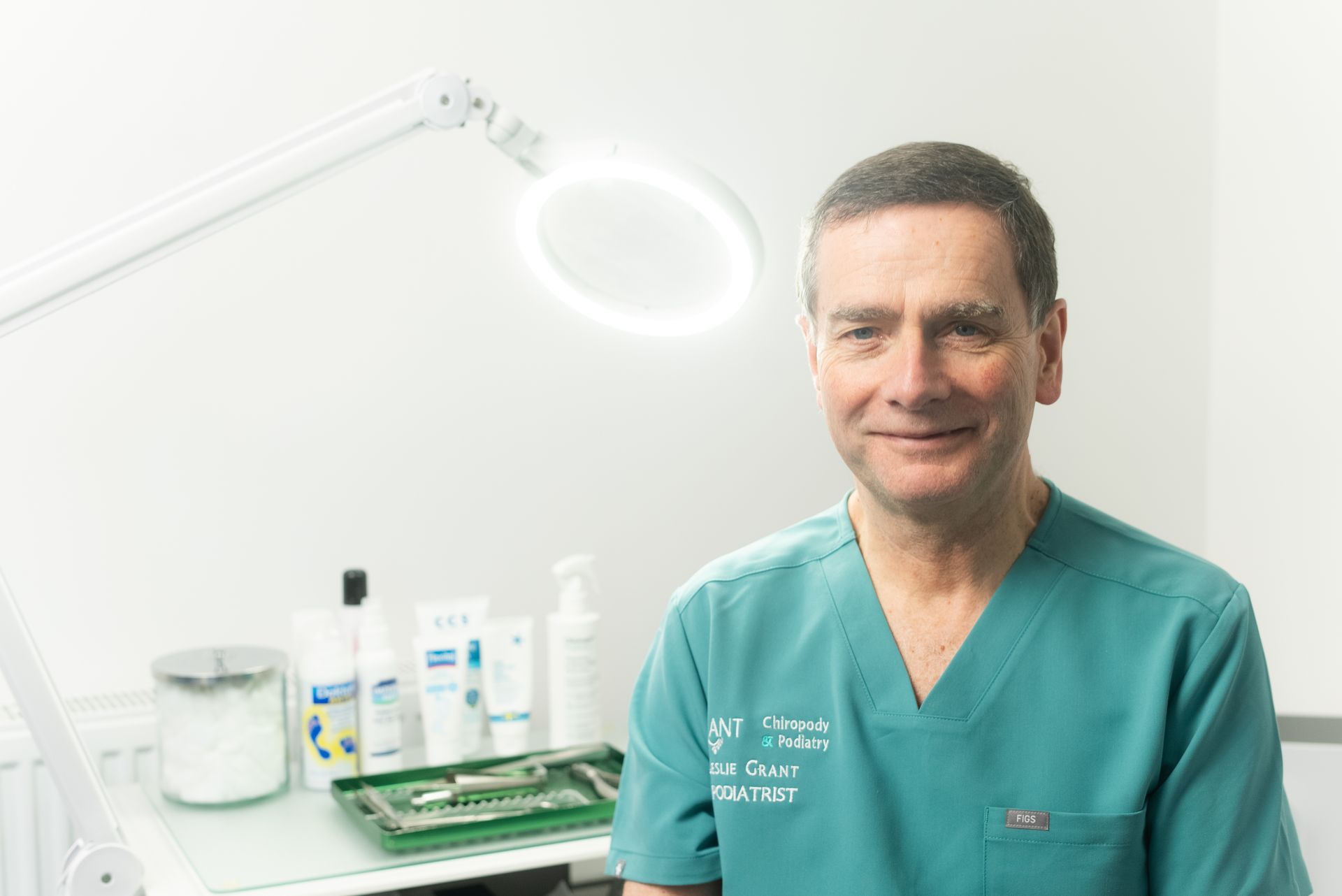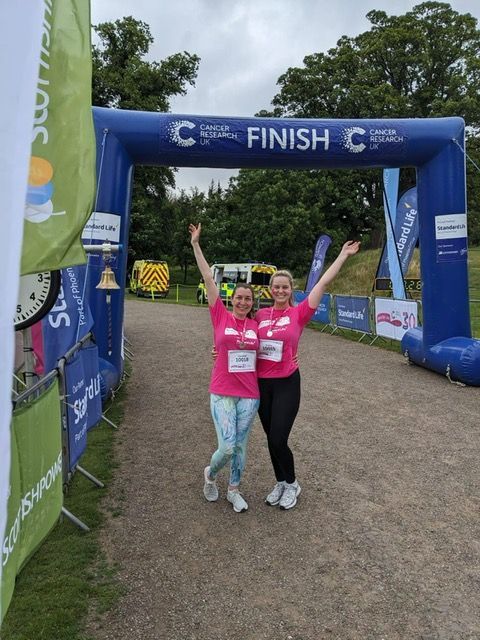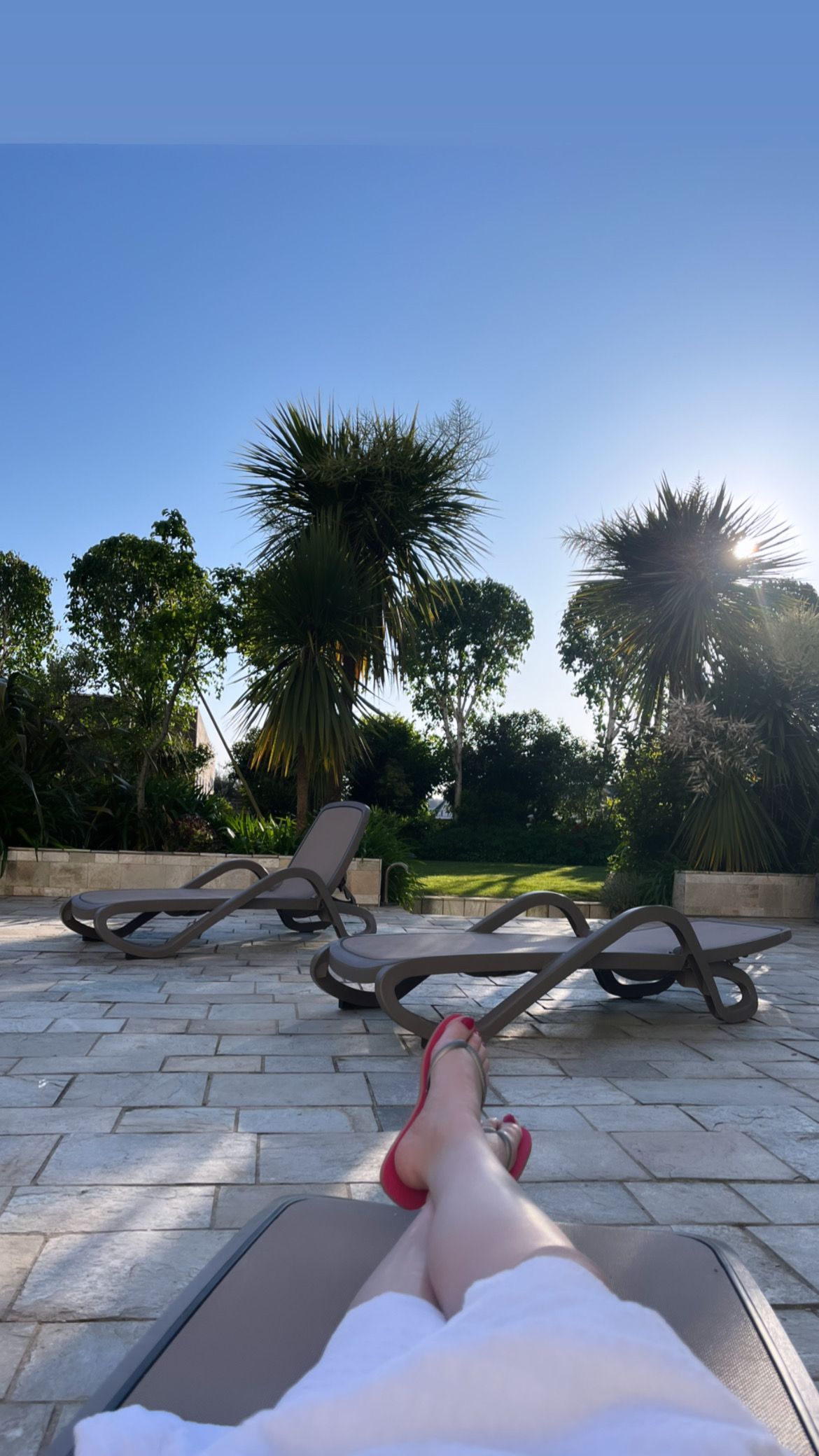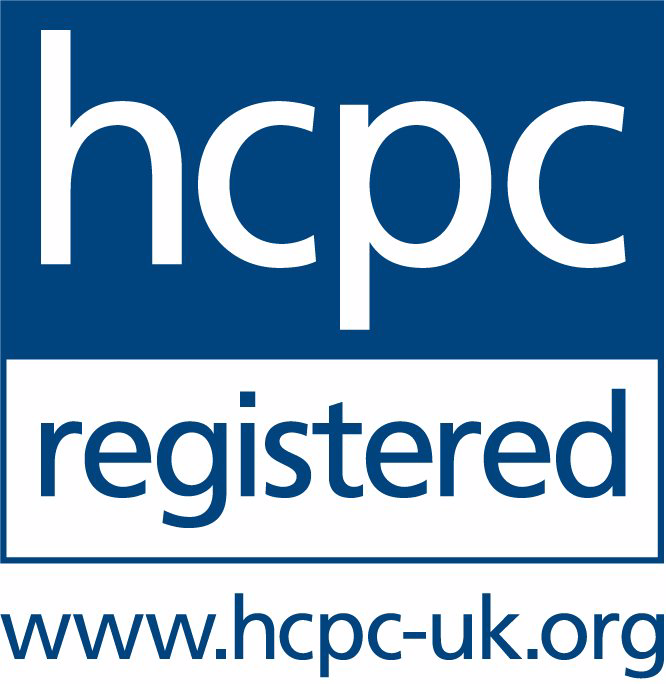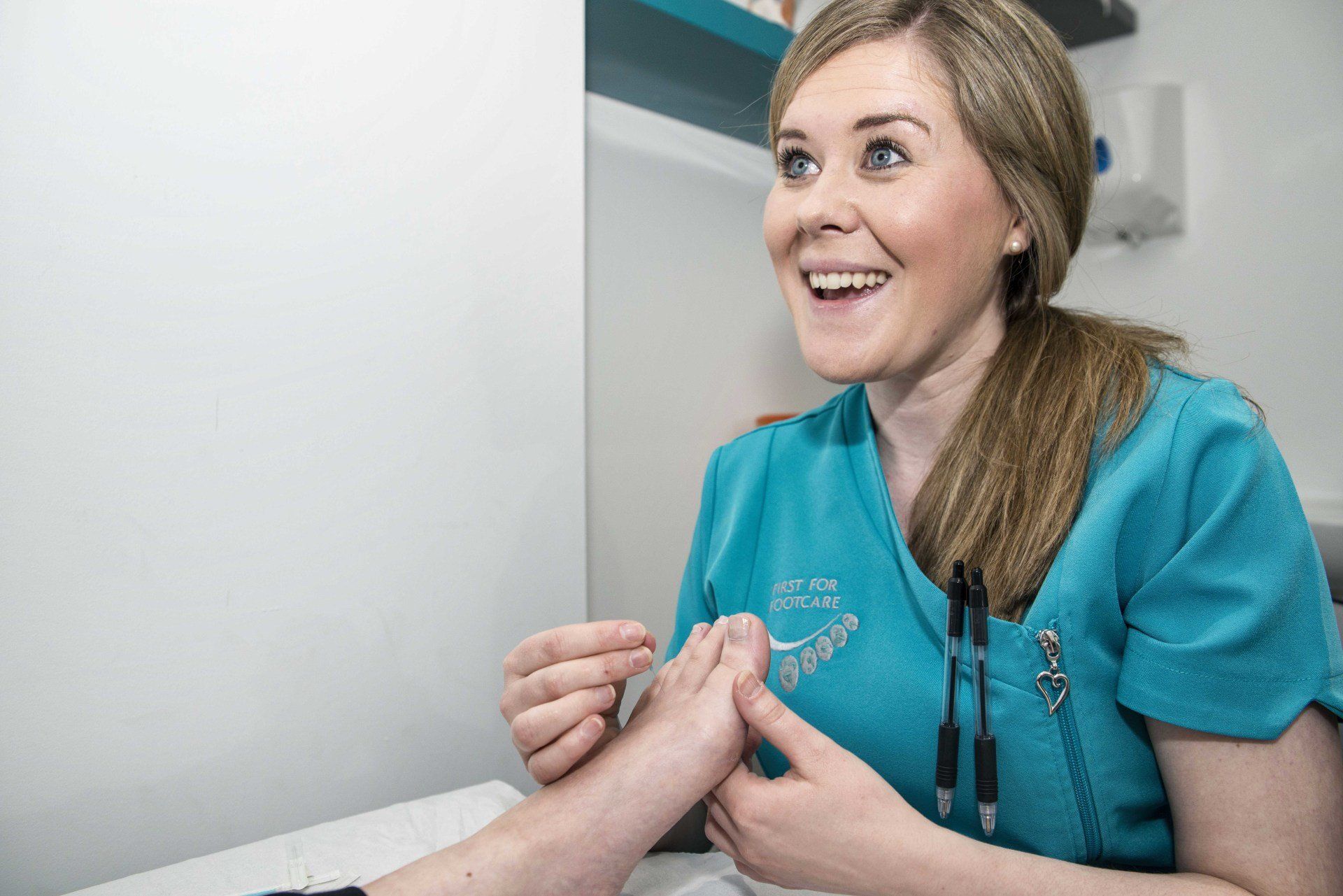
As I grew up I was really interested in learning about the sciences, especially human biology. So when it came to make my subject choices in 2nd year of high school it was an easy decision to take three sciences. Unlike a lot of people my age I knew that my future lay in healthcare, but I wasn't sure in exactly what field.
When I was 17 years old our school encouraged us to do work experience. I knew this was my opportunity to see a bit more about what other health professionals did. I managed to get a placement at The Western General hospital in Edinburgh based at the Neurosurgical department. I spent two incredible weeks shadowing lots of medical professionals from brain surgeons, to Drs, specialist nurses, physiotherapists and occupational therapists. I even managed to chat to patients and their families on the wards. I loved every minute of the experience. One of the most unforgettable experiences was being invited into the operating theatre to observe a brain surgery. The team were so welcoming and made me feel completely at ease in this dramatically different environment. From that minute on, I was hooked! I knew that this was something I needed to do.
I did as most students in Scotland do I filled in my UCAS forms and waited to see what would happen next. I applied to a variety of allied health professions including optometry, podiatry and even medical sciences. I was invited for an interview at the Podiatry department at Queen Margaret University in Edinburgh and was delighted. I remember walking into the department and it just feeling right. After that everything seemed to fall into place! I received an unconditional offer and the rest they say is history!
I studied Podiatric medicine at QMU for four years, graduating with a 1st class honours degree. I really enjoyed my time at university and met some incredible lecturers and friends along the way. I felt that I had more to prove than others coming from a family of Podiatrists, people assumed I knew the syllabus already, possibly by osmosis. But I worked hard to prove that I was no different from any other student.
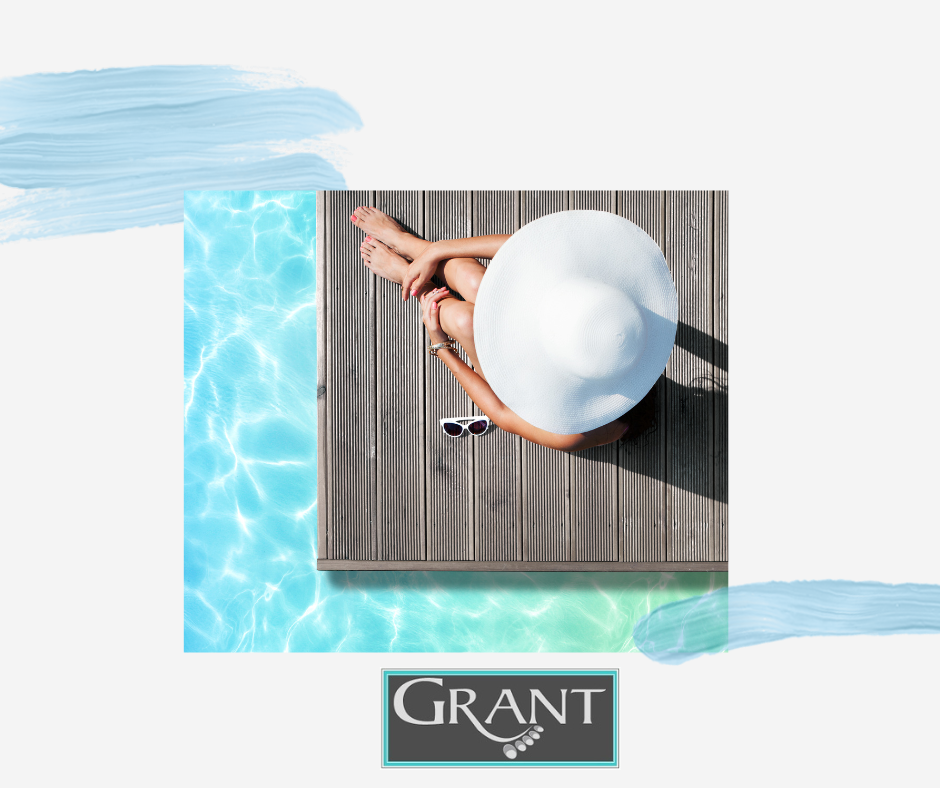
Most of the skin conditions we see are simple and easy to resolve with basic treatment and advice. However, sometimes we see more complex conditions such as suspected skin cancers, which require onward referral for more specialist care.
In the UK over the last five years the rates of melanoma have risen faster than any other cancer. It is estimated that 1 in 36 males and 1 in 47 females will develop a form of skin cancer. It has been estimated that 86% of melanoma and the vast majority of non-melanoma skin cancer cases are preventable (Cancer Research).
So what can we do to help protect our skin and prevent skin cancer?



